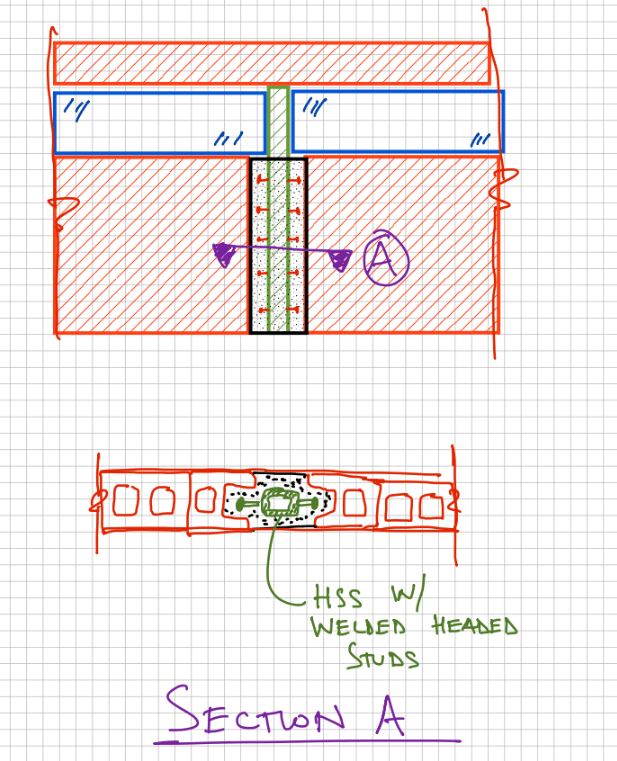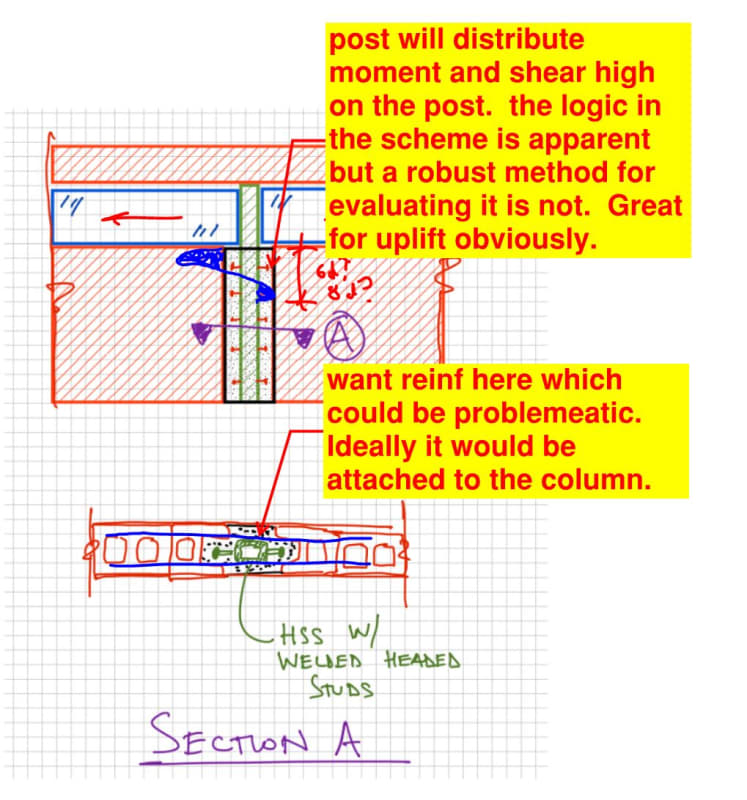Sorry for the subject title...
After reading through some existing posts on clerestory framing, I'm taking a different approach to the discussion.
The consensus seems to be that most clerestory framing is achieved through continuous columns that support gravity and acts as a lateral cantilever such as shown in the the image below:
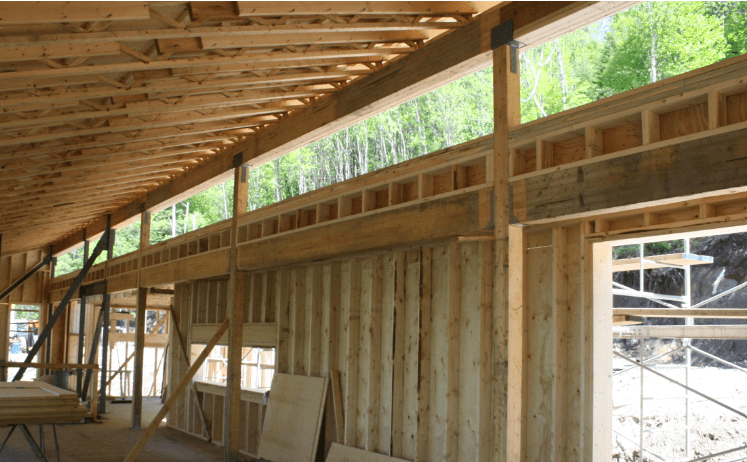
Photo 1
Here is another example.
To me, it looks like the clerestory window is framed with individual shear wall panels that sit on top of a transfer beam. Transfer beam takes gravity and lateral (as a strut) and must be pulling the lateral from the connection at the left edge.
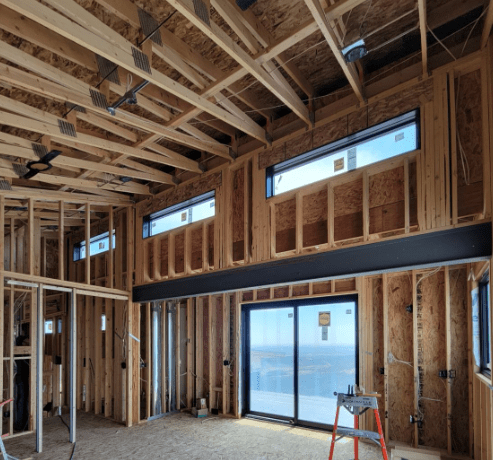
Photo 2
I believe this one is a moment frame.
Due to lack of vertical and lateral continuity along the field, this has to be a moment frame, or so you'd hope right?
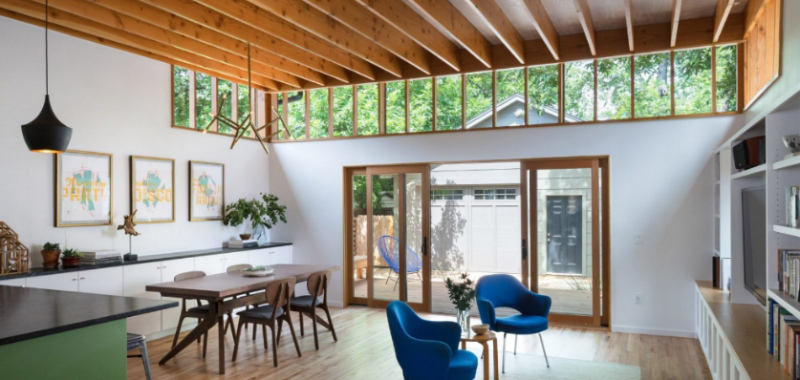
Photo 3
[highlight #FCE94F]Now for my questions:[/highlight]
1.Does anyone have reference to any design examples, books, or technical papers that discuss clerestory framing?
2.Does anyone have recommendations for achieving the same effect with a masonry/concrete shell structures?
After reading through some existing posts on clerestory framing, I'm taking a different approach to the discussion.
The consensus seems to be that most clerestory framing is achieved through continuous columns that support gravity and acts as a lateral cantilever such as shown in the the image below:

Photo 1
Here is another example.
To me, it looks like the clerestory window is framed with individual shear wall panels that sit on top of a transfer beam. Transfer beam takes gravity and lateral (as a strut) and must be pulling the lateral from the connection at the left edge.

Photo 2
I believe this one is a moment frame.
Due to lack of vertical and lateral continuity along the field, this has to be a moment frame, or so you'd hope right?

Photo 3
[highlight #FCE94F]Now for my questions:[/highlight]
1.Does anyone have reference to any design examples, books, or technical papers that discuss clerestory framing?
2.Does anyone have recommendations for achieving the same effect with a masonry/concrete shell structures?
2.1 Using concrete moment frames?
2.2 Using concrete shear walls with full height steel tubes (similar to shown for wood)
3.For the type of framing shown in Photo 1, I've read that all columns need to deflect at the same rate in order for the system to be effective. What is the problem if they don't? The way I see it, each column supports it's own tributary lateral load, so the spacing of the columns will determine how much lateral forces is imparted. Are we really selecting different columns at each location for the sole purpose of deflection?
